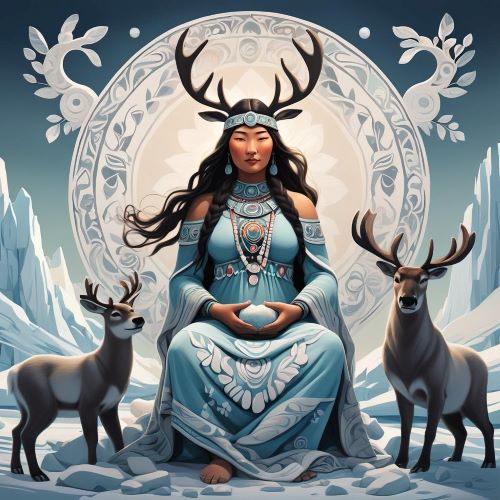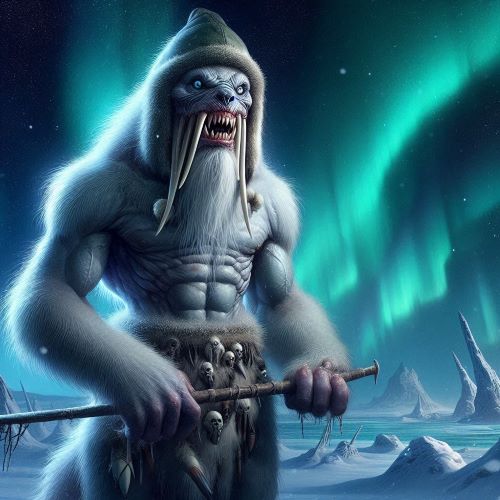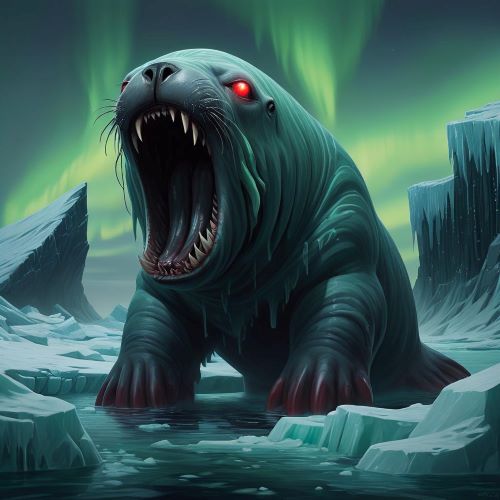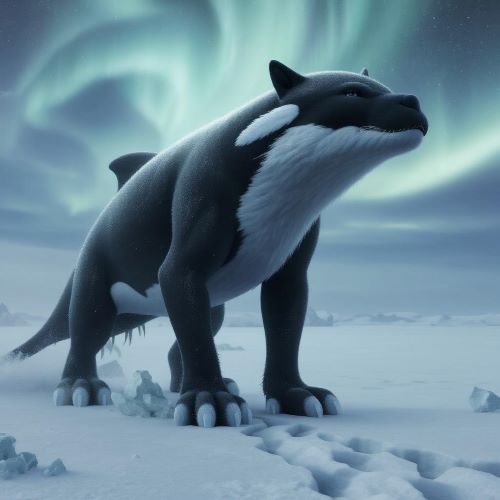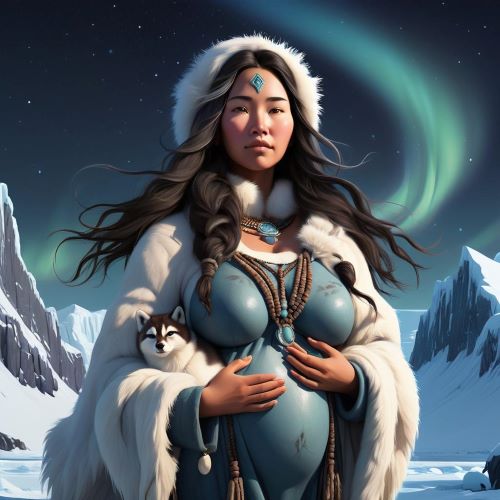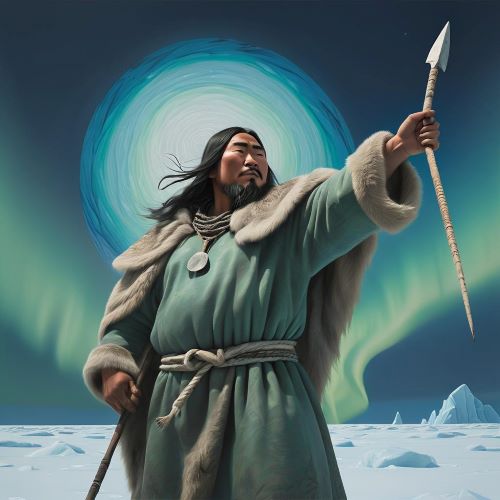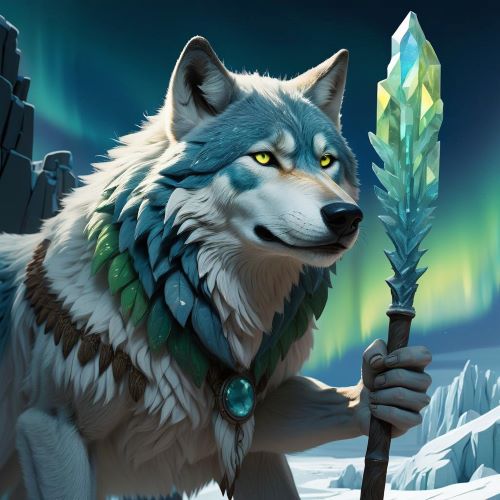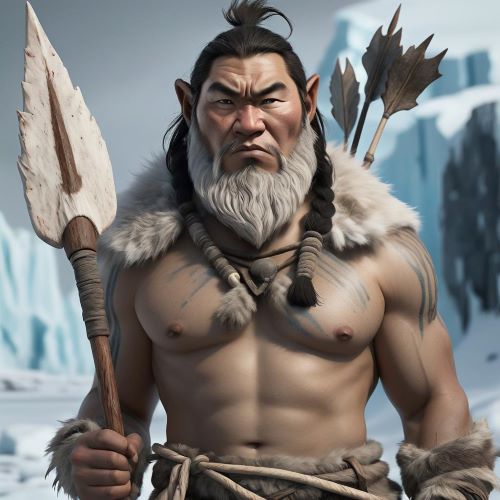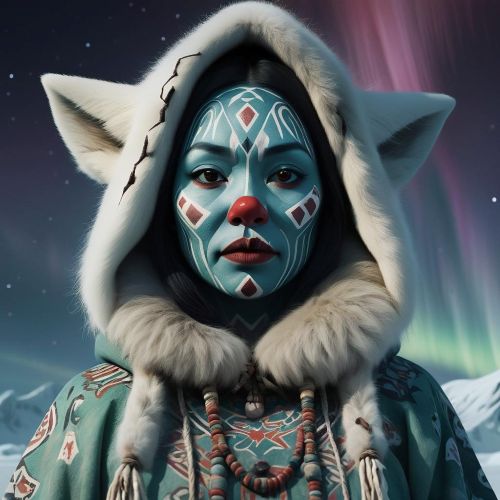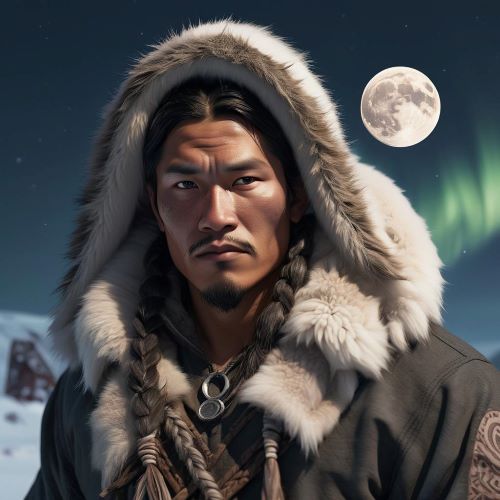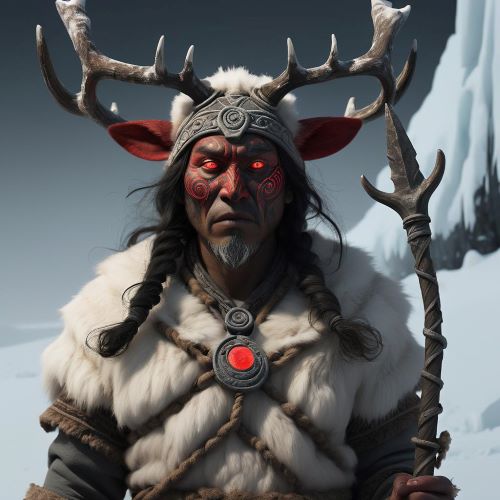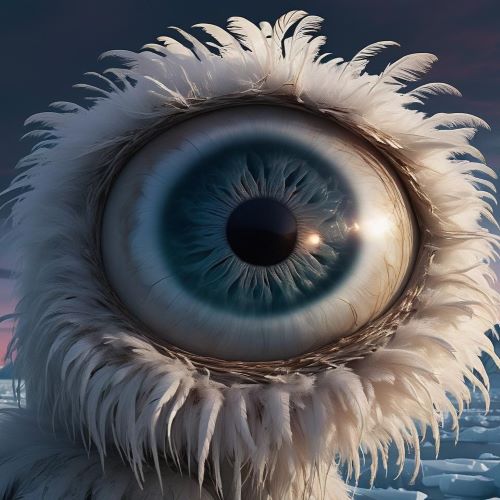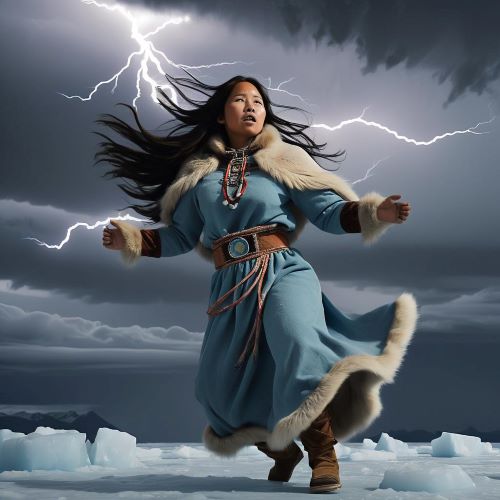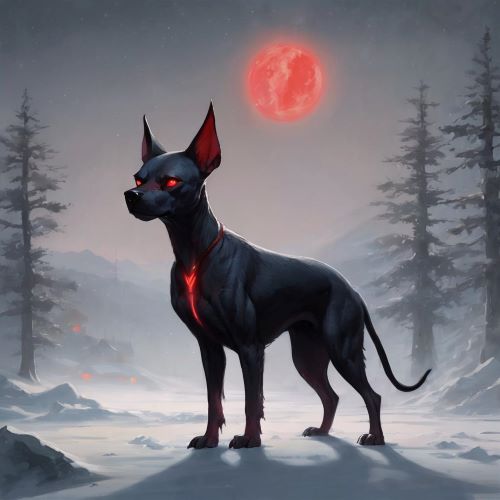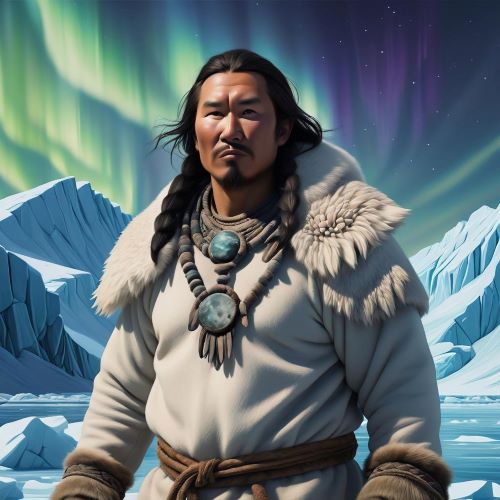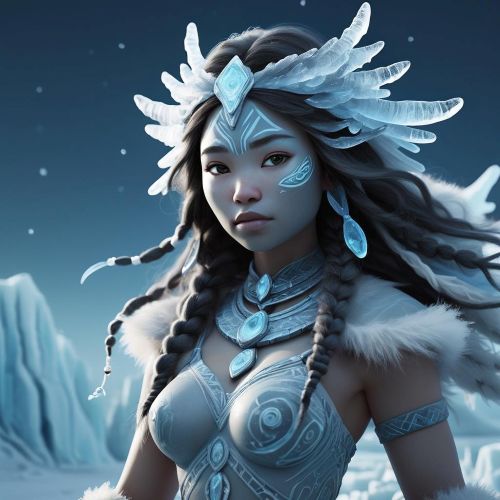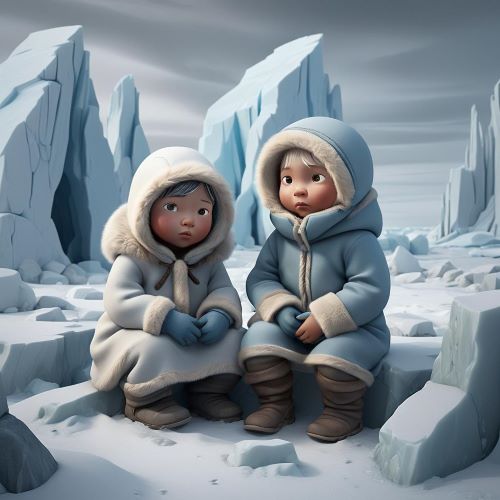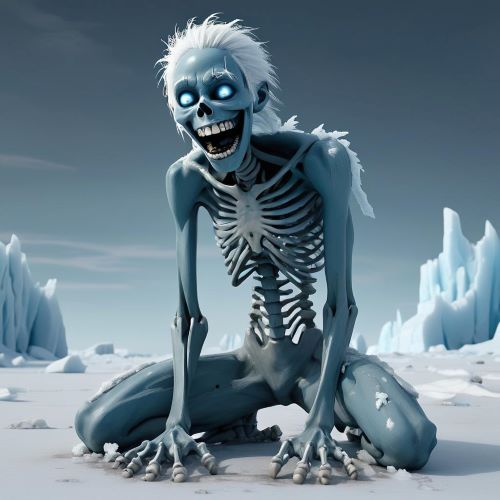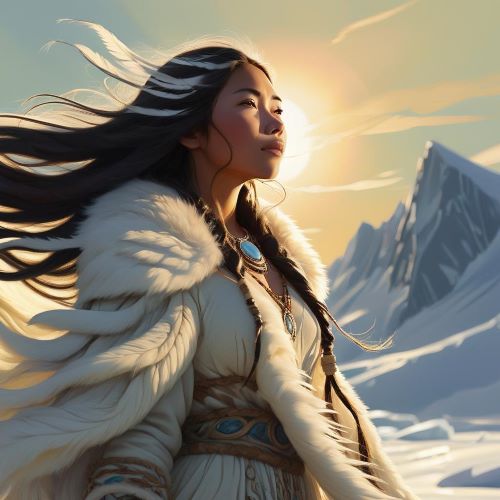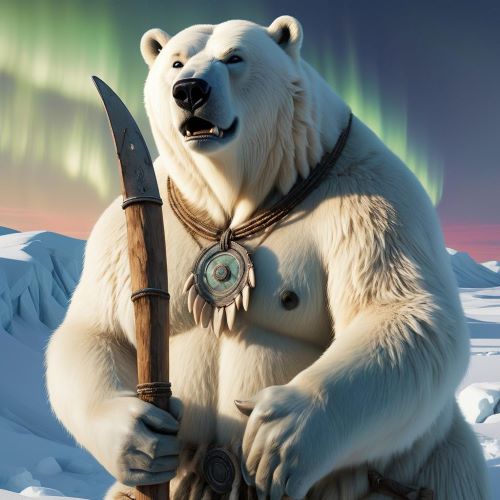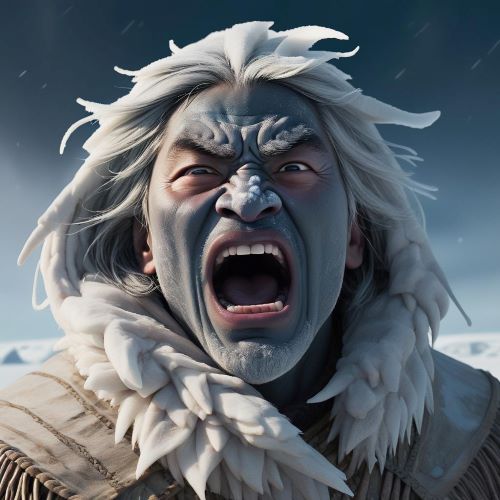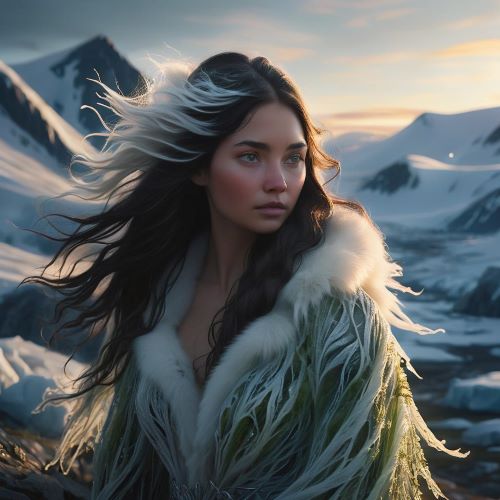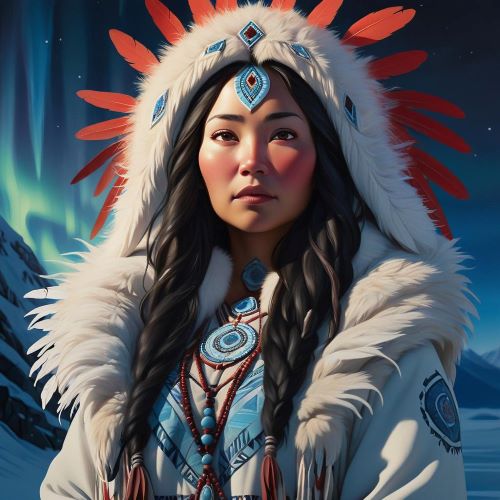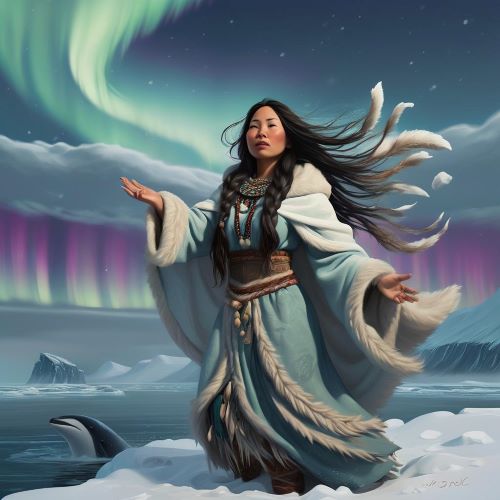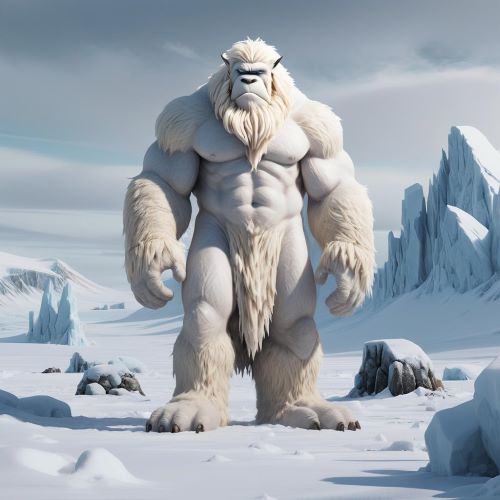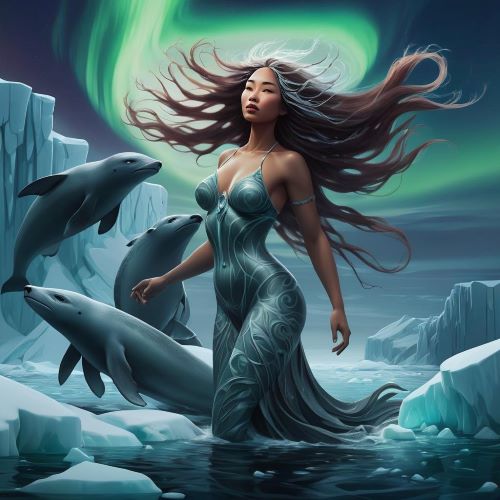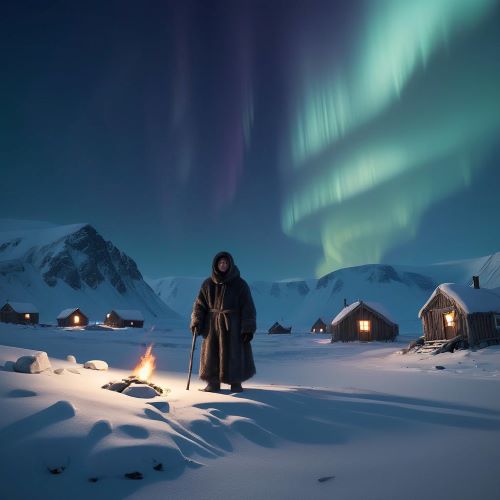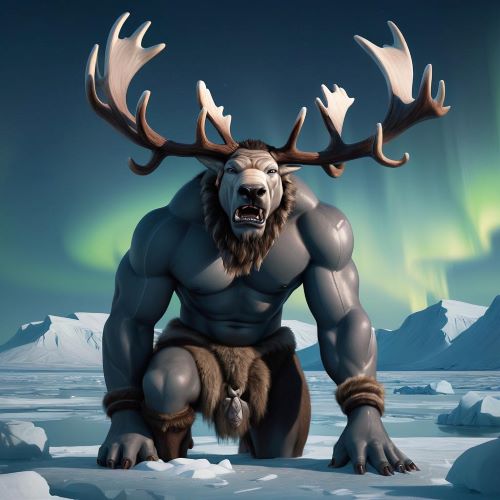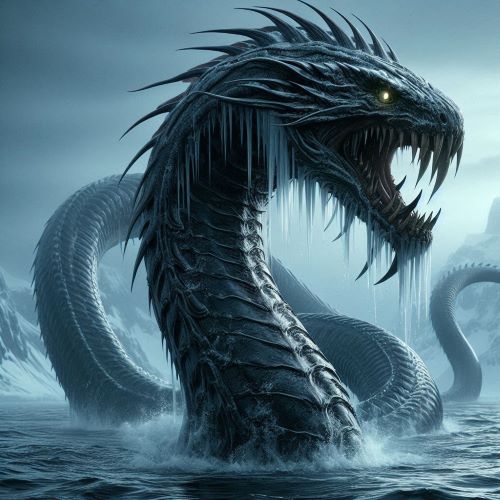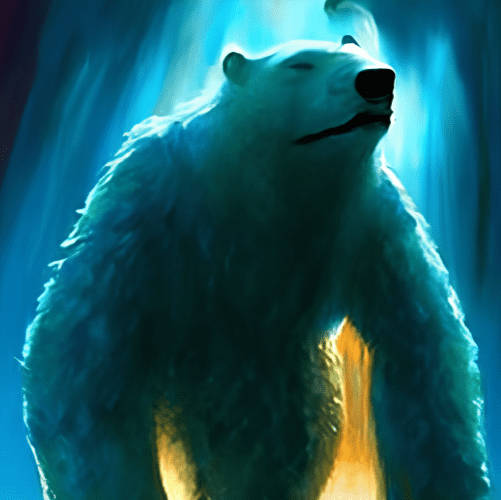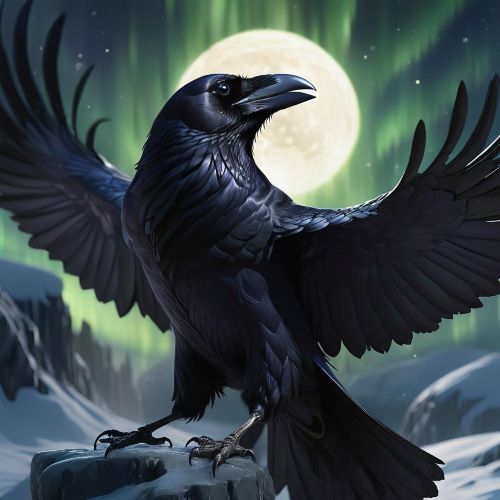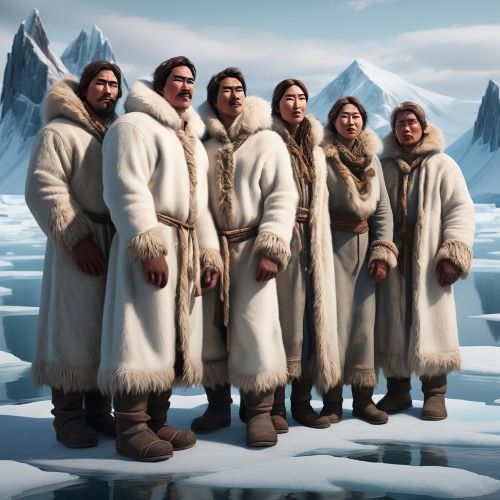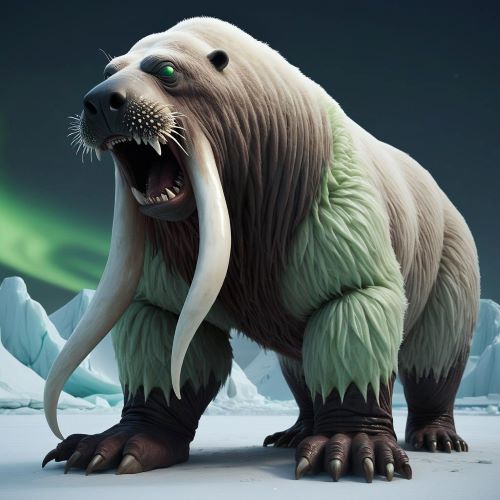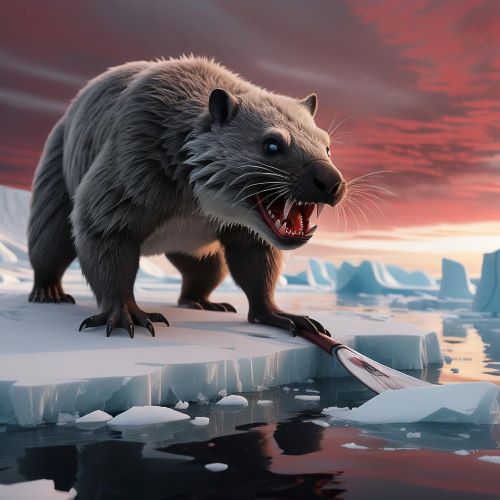Inuit Mythology
Inuit mythology, born from the frozen seas and endless skies of the Arctic, is a living reflection of survival, balance, and reverence for the natural world. For the Inuit peoples of the Arctic regions of Canada, Greenland, Alaska, and Siberia, mythology is not merely a collection of stories — it is a moral compass, a philosophy of coexistence between humanity, animals, and the spirits that animate the tundra, ocean, and sky. The myths, passed down through generations of storytellers, hunters, and shamans, reveal a universe in constant dialogue — where every breath of wind, flicker of fire, and ripple beneath the ice carries the presence of the divine.
At the heart of Inuit cosmology lies the concept of Sila, the invisible life force that permeates everything — the air, weather, and spirit of the world. Sila represents both nature’s power and its consciousness, governing the winds and the moral order of existence. To the Inuit, all beings possess a soul (inua) — animals, humans, and even inanimate things — each deserving respect and restraint. This belief shaped a spirituality based on reciprocity: taking from nature only what is needed, and offering gratitude in return.
Among the central deities of Inuit mythology is Sedna, the goddess of the sea and mother of marine life. Her story varies across regions but always carries a lesson in reverence and consequence. In one version, Sedna is a young woman cast into the icy ocean by her father. As she clings to the kayak, he cuts off her fingers, which transform into seals, whales, and walruses. Transformed into a powerful sea spirit, Sedna now rules the ocean depths, releasing or withholding its creatures depending on the respect shown by humans. Shamans must travel in trance to comb Sedna’s tangled hair, soothing her anger so that hunters may find food — a profound metaphor for harmony between humanity and the environment.
Other figures in Inuit mythology embody natural forces and moral lessons. Nanook, the mighty polar bear spirit, governs the hunt and enforces spiritual discipline among hunters. Malina and Anningan, the sun and moon siblings, chase one another across the sky, their celestial dance explaining the Arctic’s long nights and luminous days. Trickster figures such as Kiviuq, the eternal wanderer, journey across seas and realms, confronting spirits and testing human virtue through courage and cunning. These myths blur the boundaries between life and death, myth and morality, reflecting the harsh yet sacred balance of Arctic life.
The Inuit shaman, or angakkuq, serves as mediator between humans and spirits, performing rituals to heal, guide, and restore harmony. Through song, drum, and trance, the shaman’s work ensures that the balance between Sila, Sedna, and humanity remains unbroken. Even today, Inuit mythology continues to shape art, storytelling, and cultural identity, reminding the world that spirituality can thrive not in abundance, but in awareness — that even in the silence of snow and wind, the universe speaks.


